OUR WOOD
OUR WOOD
Characteristics
Due to its properties the Paulownia tree produces a truly unique wood.
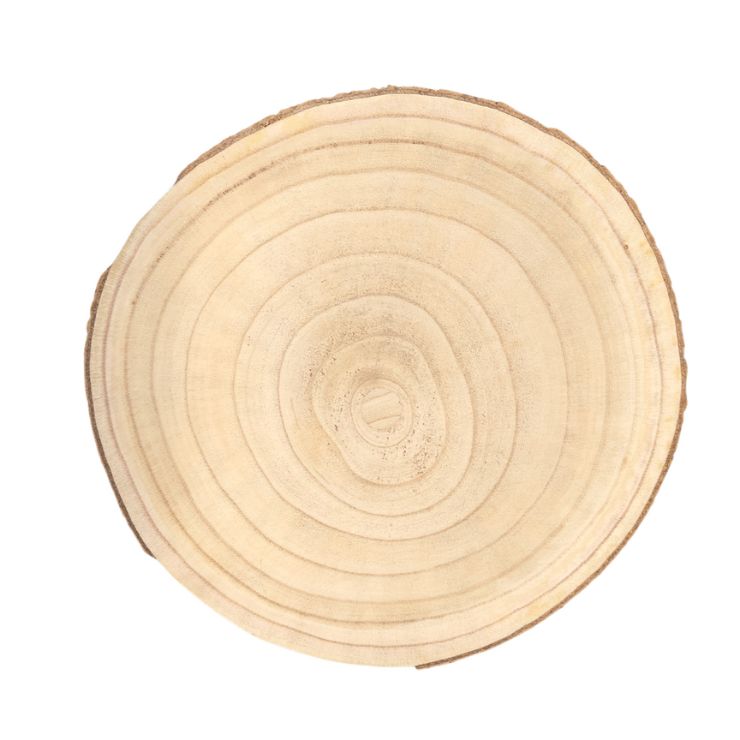
Appearance
The wood of paulownia is light, almost honey yellow, with a
shading of light gray the surface is from a
silky sheen. Thanks to its large and
knotless annual rings, the wood has large annual rings
with charackteristic accentuated adem without
inferior sites (nodes).
Surface
Thanks to its low density the wood has a silky surface and feels soft. Through special grinding treatments a significantly harder surface is produced.
The wood is protected against Xylophages (pests) resistant.
The accumulation of tannin, a natural substance, found in various plants species is present, gives the wood a repellent function.
Weight
The average weight is about 250 – 300 kg per
cubic meters and is actually one of the lightest woods
at all. But despite this low density, it is one
of the hardest woods in the world. Its property gives it
also the designation “aluminum of the wood “:
The high resistance and the low weight
make the wood so significant for the use
in shipbuilding, for wood andfurniture construction, for sportings,
high quality musical instruments, airplanes and Caravans.
Due to its velvety glossy grain will it also always
more often used for valuable items.

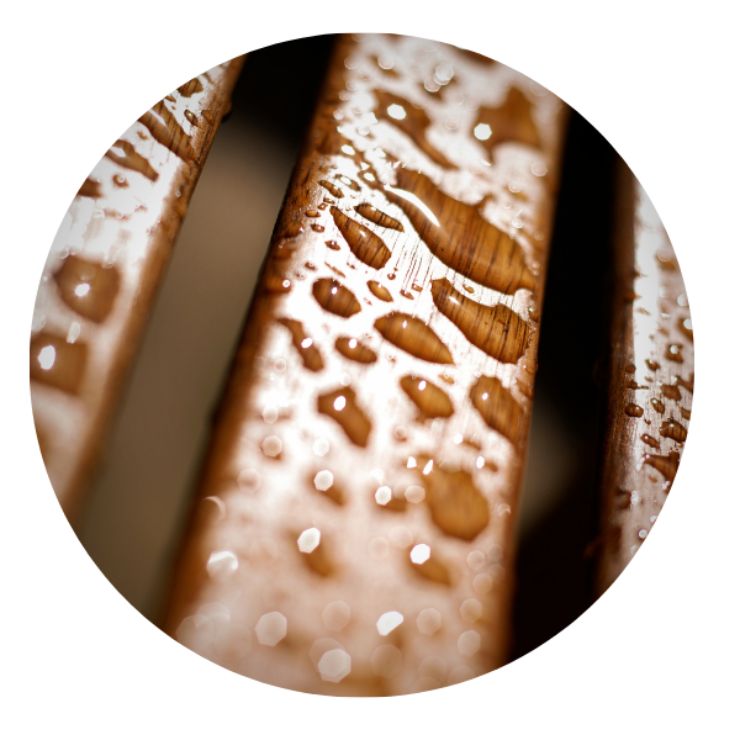
Drying
One of the most important properties
of Paulonia wood is that it is almost 3 times faster
dries, than conventional forest wood, i.e. until receipt of a
residual moisture content of approx. 10%. Once this
Drying level reached, the Paulownia wood hardly
moisture on. This is another outstanding property
of this wood. That is why it is called water-repellent wood.
Since this wood in its structure almost
is impermeable to water, it is also contact with food
odorless and tasteless and is therefore also as packaging
in the Food and Beverage industry.
Natural insulating material
Thanks to the arrangement of its fibers Paulownia wood has
via a excellent insulatingability, which it for very
different applications even more interesting makes. The
air-dry coefficient of thermal conductivity is 0.09 kcal /
(m² – h – °C). During heat treatment of 220 ° C the
coefficient to reach 0.06 kcal.
Significantly reduced flammability
Unlike other trees, which from a temperature of
from 220 to 250°C burn, our hybrids have a
Flash point of about 420°C, whereby any fires
can be delayed very significantly. This particular
property is above all especially in house construction, since high
fire protection requirements are made.
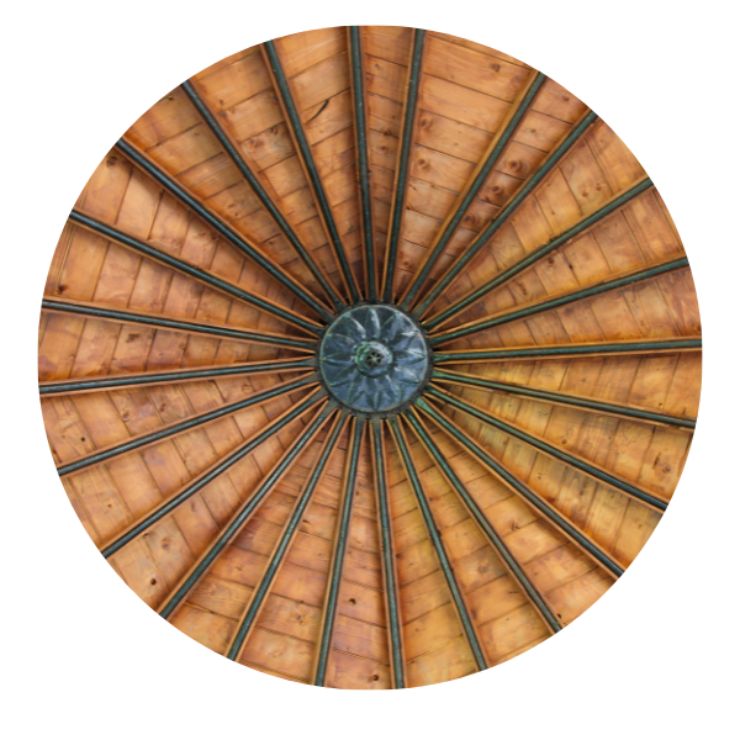
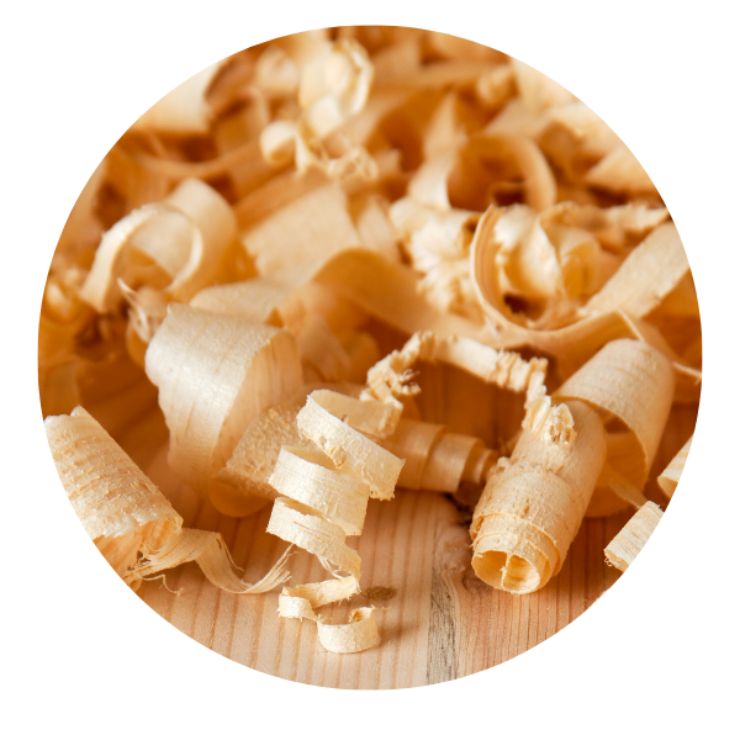
Calorific value
With an extremely high calorific value between 4400 and 5020 kcal / Kg
are suitable for the section and branches of our trees very good for making
high quality pellets.
Especially because the paulownia wood does not produce resin and
therefore in the does not cause any damage
to the firing equipment.
Characteristics
Due to its properties the Paulownia tree produces a truly unique wood.
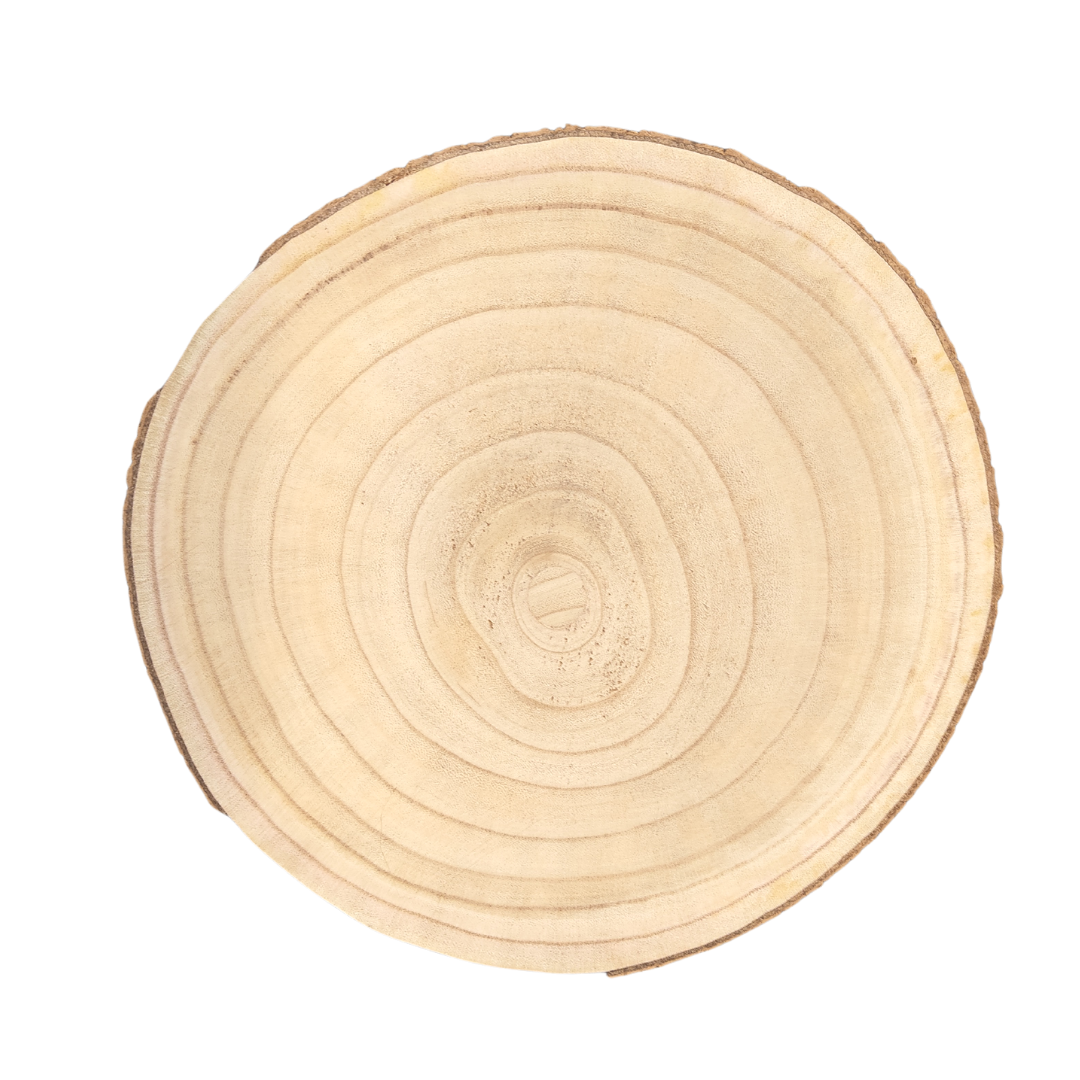
Appearance
The wood of paulownia is light, almost honey yellow, with a shading of light gray. The surface is from a silky sheen.
Thanks to its large and knotless annual rings, the wood has large annual rings with charackteristic accentuated adem without inferior sites (nodes).
Surface
Thanks to its low density the wood has a silky surface and feels soft.
Through special grinding treatments a significantly harder surface is produced.
The wood is protected against Xylophages (pests) resistant.
The accumulation of tannin, a natural substance, found in various plant species is present, gives the wood a repellent function.

Weight
The average weight is about 250 – 300 kg per cubic meters and is actually one of the lightest woods at all.
But despite this low density, it is one of the hardest woods in the world. Its property gives it also the designation “aluminum of the wood “:
The high resistance and the low weight make the wood so significant for the use in shipbuilding, for wood and furniture construction, for sportings, high quality musical instruments, airplanes and Caravans.
Due to its velvety glossy grain will it also always more often used for valuable elements.
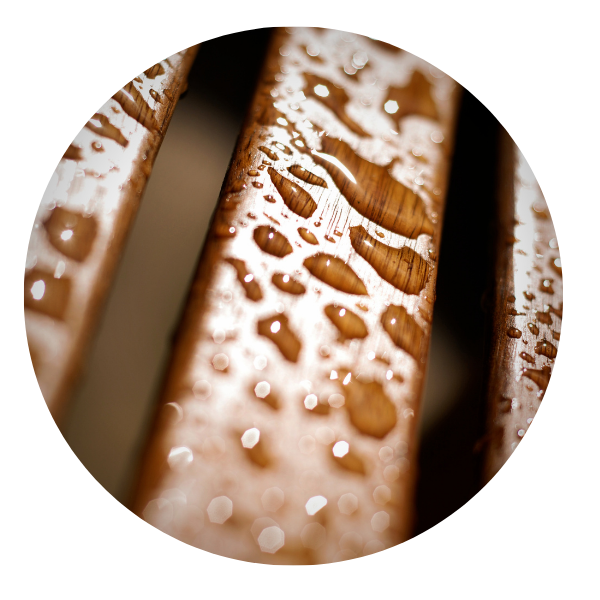
Drying
One of the most important properties of Paulonia wood is that it is almost 3 times faster dries, than conventional forest wood, i.e. until receipt of a residual moisture content of approx. 10%.
Once this drying level reached, the Paulownia wood hardly moisture on. This is another outstanding property of this wood that is why it is called water-repellent wood. Since this wood in its structure almost is impermeable to water, it is also contact with food odorless and tasteless and is therefore also as packaging in the Food and Beverage industry.
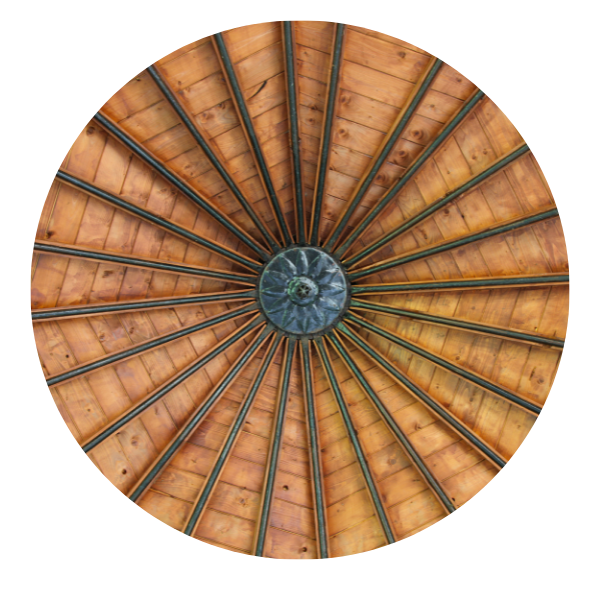
Natural insulating
material
Thanks to the arrangement of its fibers Paulownia wood has via a excellent insulatingability, which it for very different applications even more interesting makes.
The air-dry coefficient of thermal conductivity is 0.09 kcal / (m² – h – °C). During heat treatment of 220 ° C the coefficient to reach 0.06 kcal.
Significantly reduced
flammability
Unlike other trees, which from a temperature of from 220 to 250°C burn, our hybrids have a Flash point of about 420°C, whereby any fires can be delayed very significantly.
This particular property is above all especially in house construction, since high fire protection requirements are made.
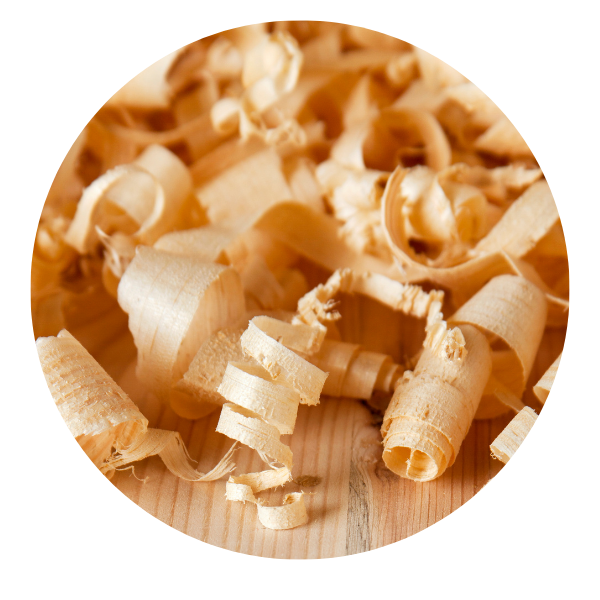
Calorific value
With an extremely high calorific value between 4400 and 5020 kcal / Kg , are suitable for the section and branches of our trees for making high quality pellets.
Especially because the paulownia wood does not produce resin and therefore in the does not cause any damage to the firing equipment.
